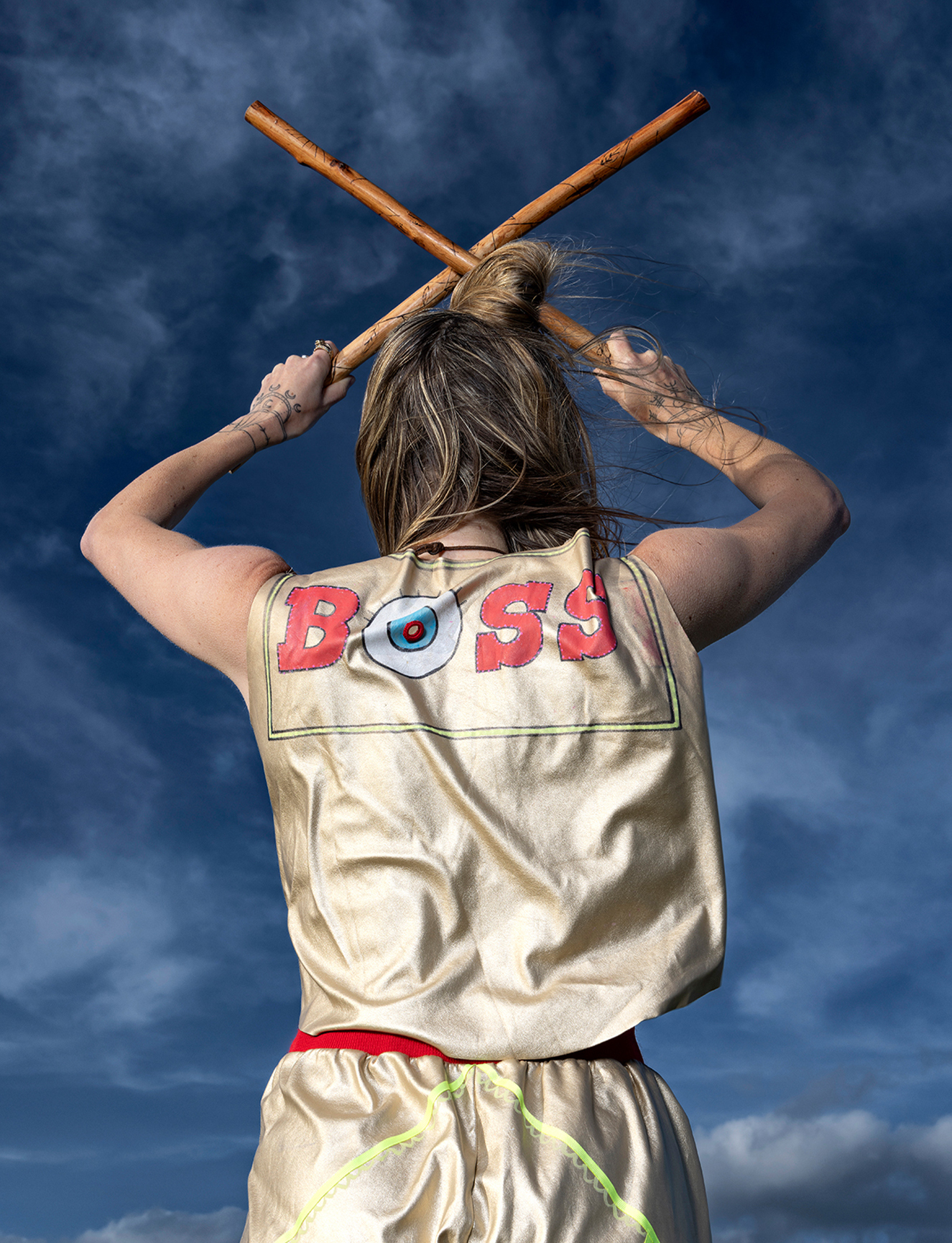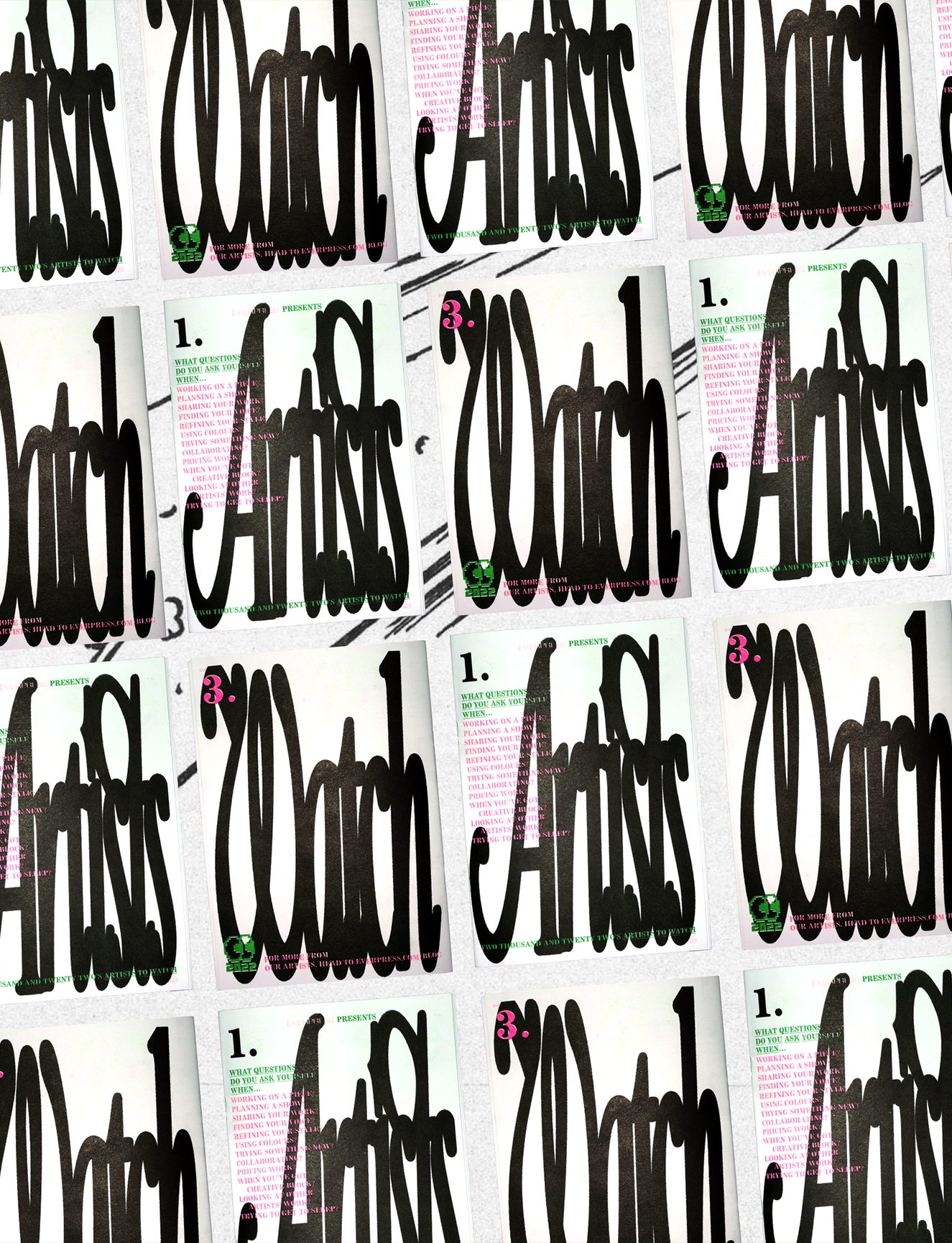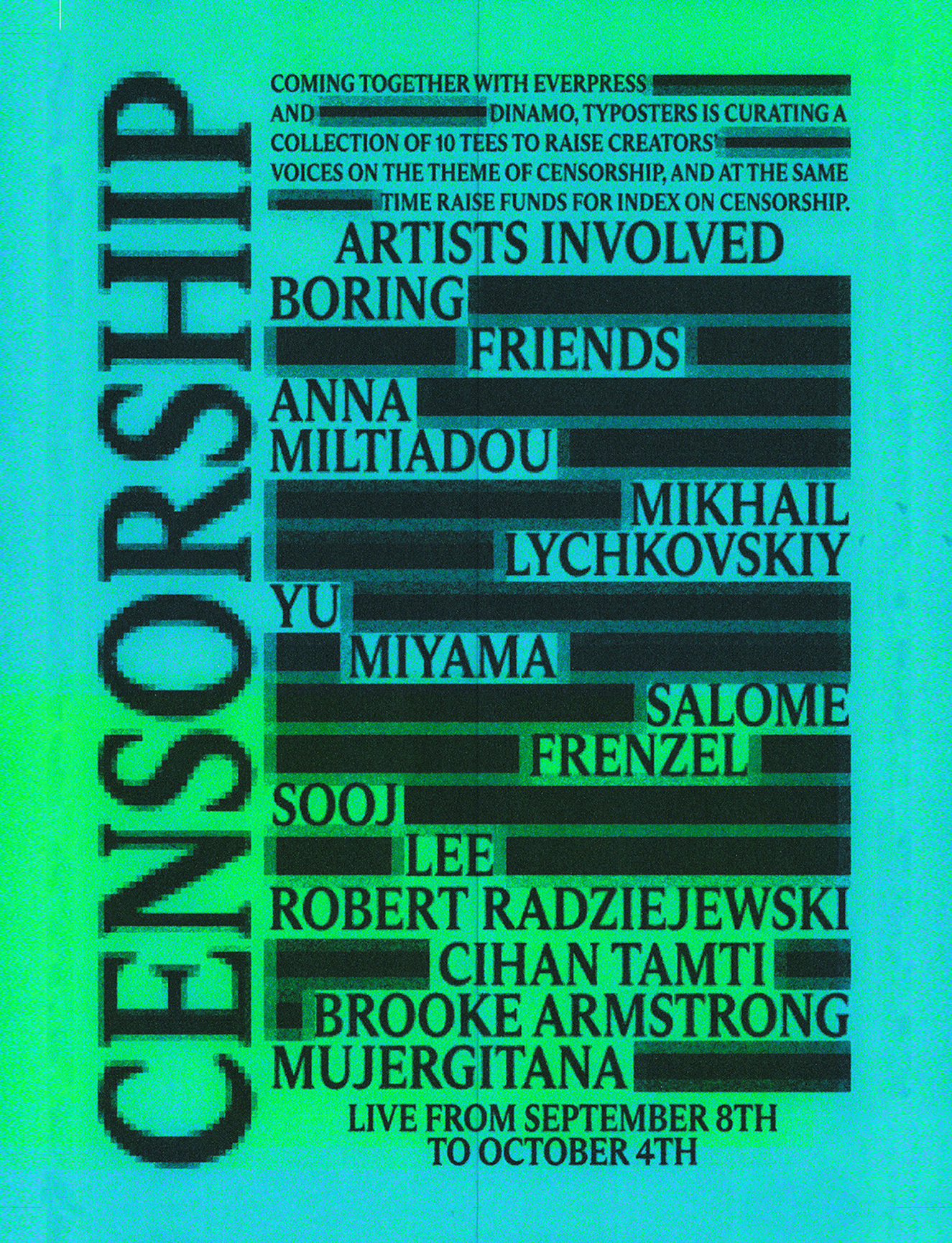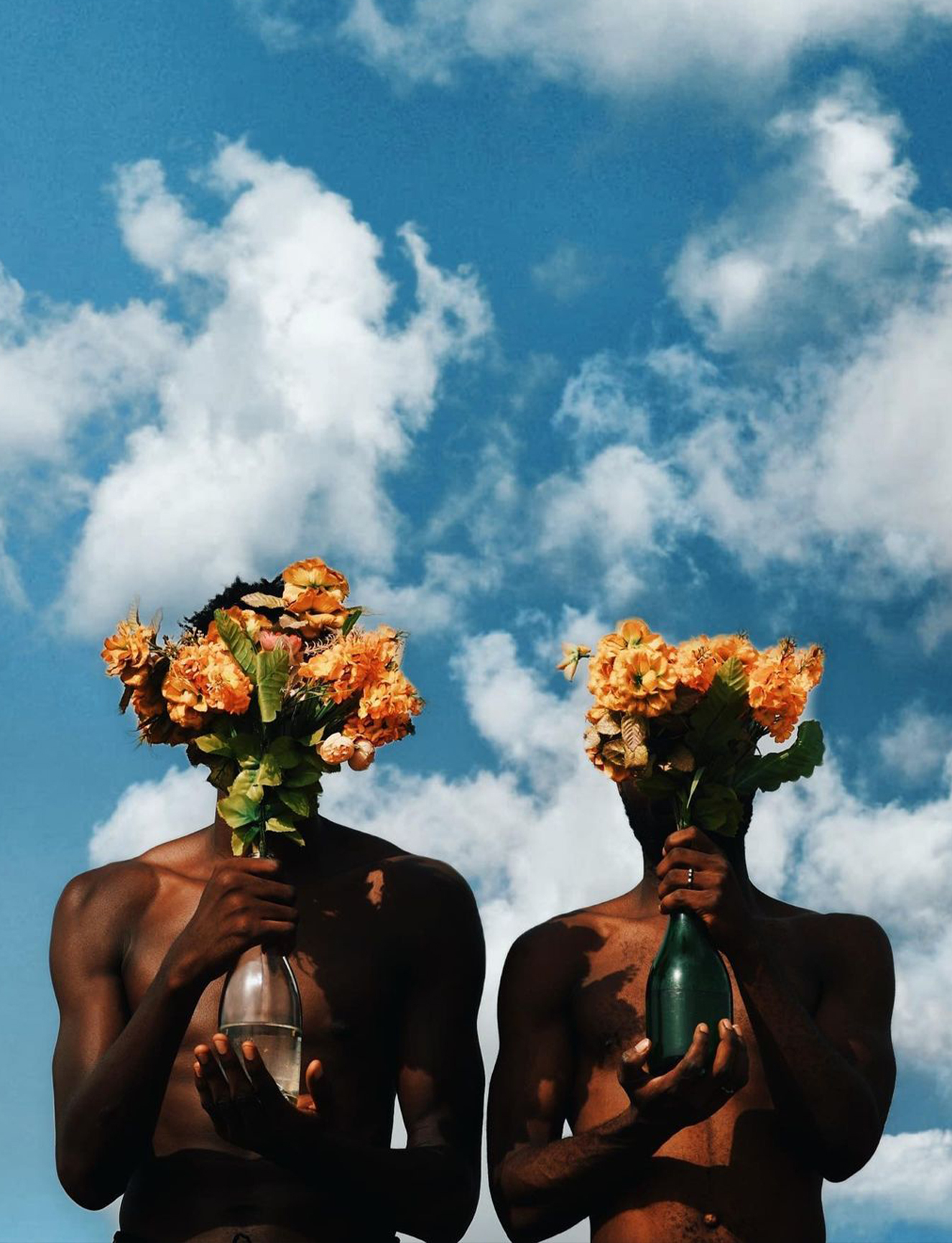Boss Morris started in 2015, and I’m interested in how it came into being. Were you guys pre-existing friends? Or did you meet through dancing?
A bit of both, actually. Alex Merry set up the group with her sister, Kate, quite a few years before, when she lived in London. Then she moved back to Stroud, where we are now, and she wanted to set up her own thing. She asked around a load of friends, of which I was one, and it went from there. Since then, some people have joined who we don’t know, so we’ve also made friends through the group.
It was never set up with the intention to be where we are now, necessarily. It was purely an exercise in doing something fun around Alex’s interests; she’s always had a passion for Morris dancing. It’s grown very organically, as a group activity that’s intrinsically collaborative.

And was this the first time you’d tried Morris dancing? Or did you have a childhood history with it?
I had never done Morris dancing before, or any form of dance, so it was completely new to me. I’d say the majority of the dancers in Boss have also come quite new to Morris dancing. I have long had an interest in folk art, particularly in my life as a visual artist, so it definitely tied in with that on one level.
Is everyone involved a creative of some stripe?
Most people, yes. Maybe they’re from an art school background, or similar, but I think it’s also about having a creative way of thinking. We’ve got lots of visual artists, people who work with ceramics, fabric, textiles, two people who work outdoors with fauna and floristry, one person who is an improv performer. So there’s an element of creativity that everyone has, and then everyone is bringing something to the wider group. Then obviously the music and the costuming ties it all together.
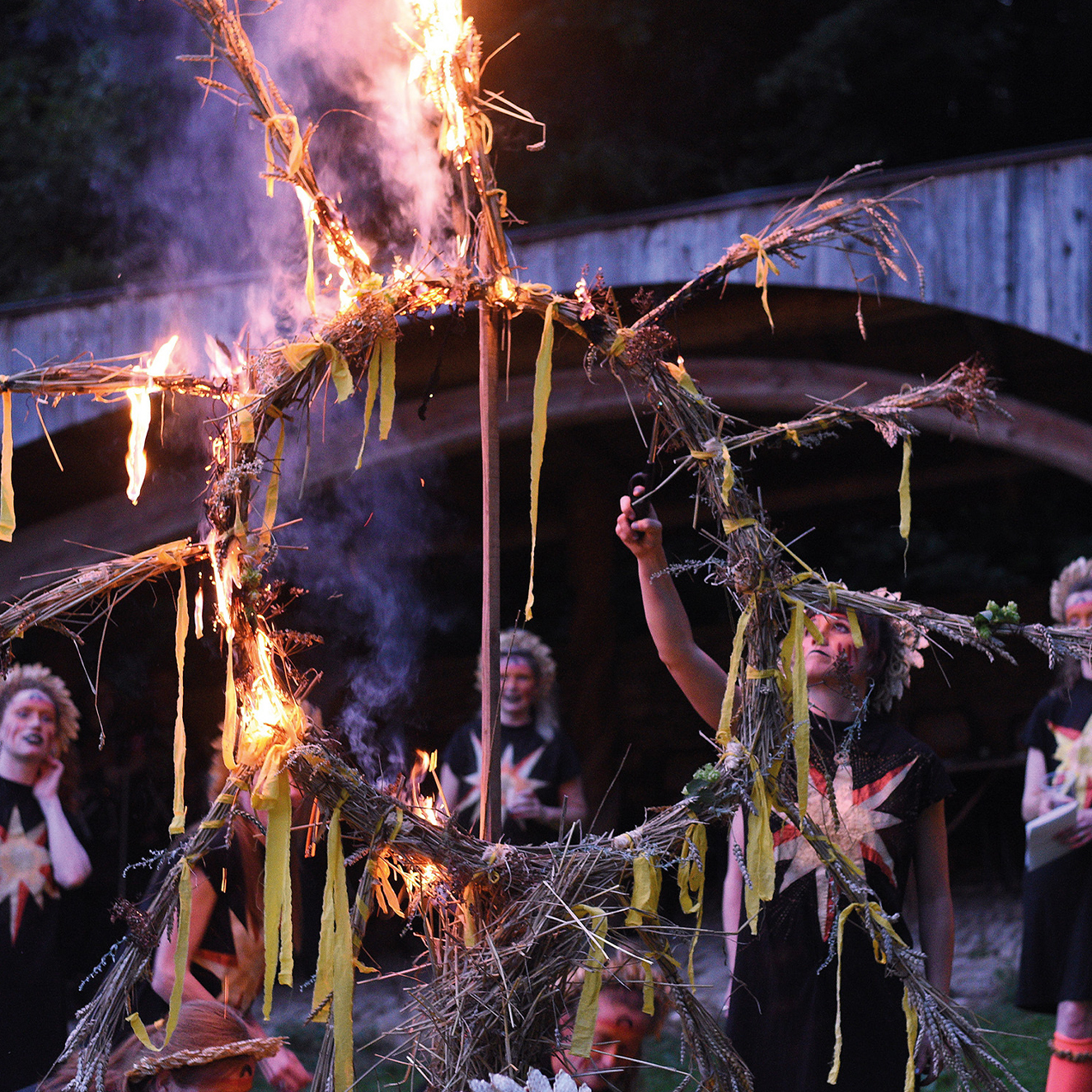
On the site you describe your ethos as, “a modern vision of a traditional folk dance which rejects themes of nationalistic values”. Why is it valuable to construct a progressive vision of an English tradition like Morris dancing?
I think there are stereotypes that go along with Morris dancing, and sometimes they’re not particularly positive; it can be regarded as a slightly outdated tradition. But for us, it’s very much something that’s living. For every tradition that we carry on, we always think it’s got to be relevant and speak to people today, in whatever context that is. So if that involves Morris dance evolving, and changing slightly, then that’s what it has to do. Otherwise, it just becomes a reenactment.
We try to put our own twist on it
That’s not to say reenactment isn’t interesting. For the purposes of learning it’s very important, and we do really know our history about Morris and all the dances, and a lot of what we do is still very traditional. But we try to put our own twist on it, which is where our creativity comes into it, and where we have fun with it too.
I really like that distinction you make between a reenactment and an original interpretation of something that already exists. Maybe this approach ties to the fact that most of the troupe are creative in some way. In your work as an artist, you said you draw on folk traditions?
I’m very much interested in craft, and all those kinds of, not lost things, but things which get passed down. A lot of my work is textile based, for example, lots of patchwork. I like to look at old ways of making things, and processes that have been intergenerational, in the same way that traditions get passed down. There’s a similarity with that and the tradition of Morris dancing, and I think that as my work goes on, Boss will probably influence it and feature more.
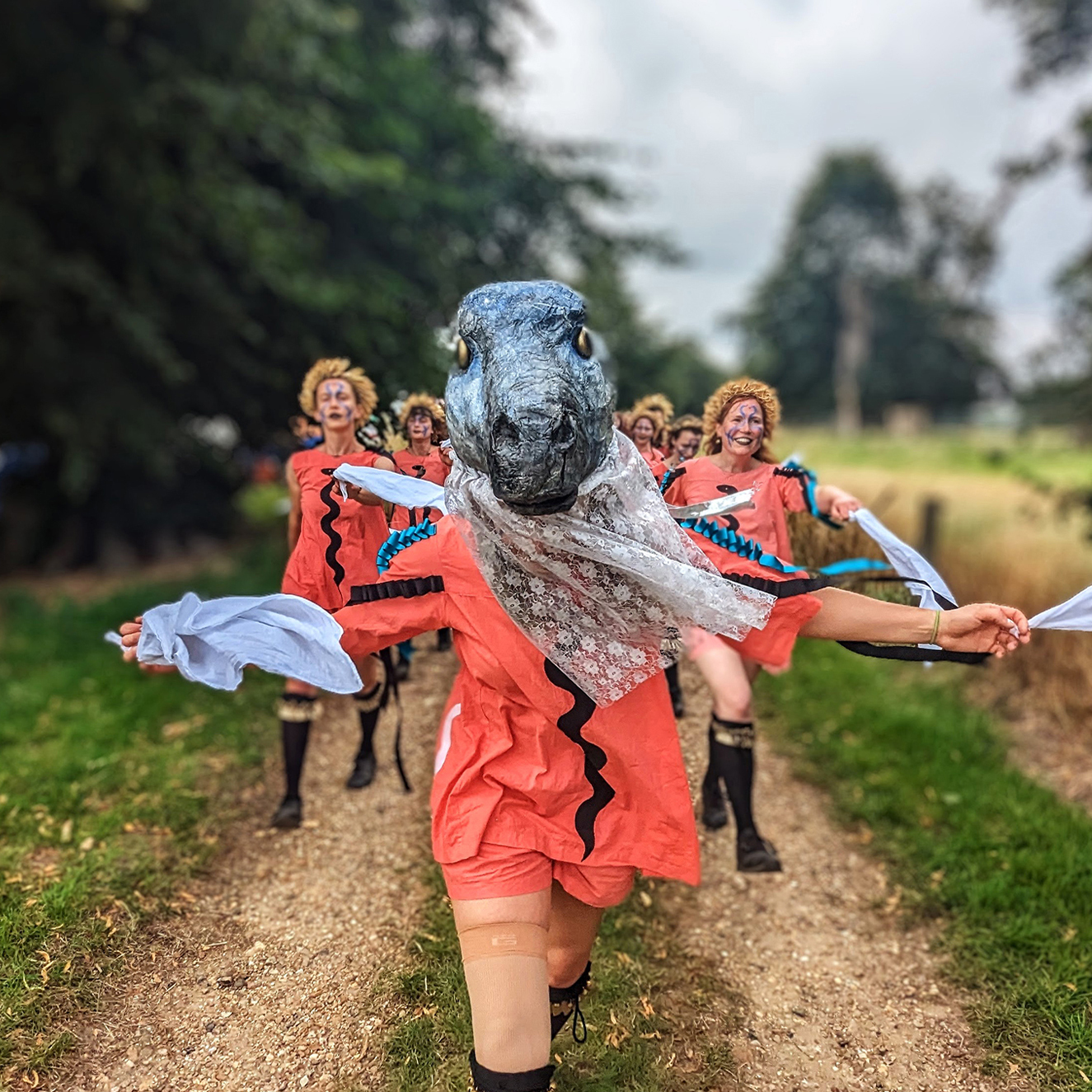
Do you think there’s any reason that you’re particularly drawn to this as an artist?
I was brought up by my grandparents, because I lost my mother when I was quite young. My grandmother is very crafty, and she’s always done patchwork, and I think I ended up being exposed to a slightly earlier generation than my friends and peers. I learned how to sew and make patchwork and do all these things that maybe got lost in the newer Boomer generation.
I just find it really interesting, finding connections between what you do as an artist, and then both historically and in your own family. I think that’s where the majority of my interests come from, and that really ties into Boss Morris too. For instance, take making the Morris costumes; that process centres around references to past versions of the Morris kit, as well as the heritage of fabrics. Stroud was known for making fabric for soldiers’ uniforms during previous wars, and there’s a really rich history of the wool industry around here too. There are lots of different connections you can pick up and explore, and they will influence what you do and give it layers.
Craft is interesting in that way, it does seem that artists who use craft practices in their work have often been given some introduction to it as a child.
It’s something that’s familiar in your psyche because of your upbringing. I worry sometimes that it’s a bit nostalgic or sentimental, but I’ve kind of got over that.
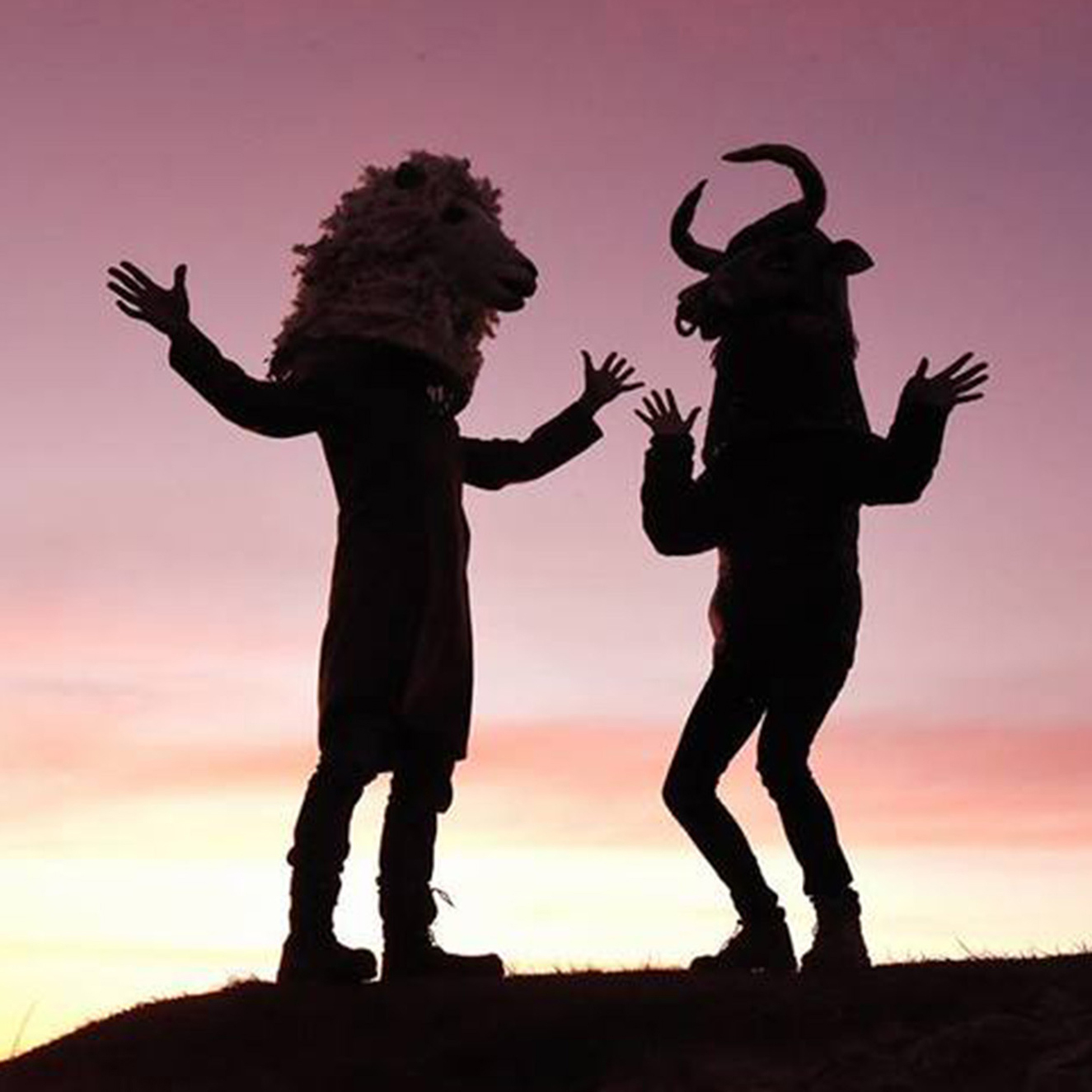
Why is ‘nostalgic’ or ‘sentimental’ bad?
I guess sentimentality does get used sometimes as a negative word. But I think if whatever you’re doing is interesting, and people respond to it, then it’s not necessarily a bad thing that it evokes an emotion.
Do Boss Morris make all their own costumes for the performances?
Pretty much. For some of the costumes we might source a pre-existing pair of trousers, then decorate them, but a lot of them are made from scratch. We’ve got a couple of people who are particularly good at sewing. Josie Wickes, for instance, is a very accomplished seamstress, and she has made a lot of the costumes, all the technical stuff like adapting patterns that’s quite difficult if you don’t have that skill.
It works collaboratively. We’ll come together with an idea for the next costumes, and it’s a really exciting part of bringing us into the next season of dancing; coming into the summer with our new costumes. It’s one of the highlights, although it can be very challenging doing everything by committee, because you’re trying to please everyone.

There’s definitely an exchange
It sounds like there is a lot of knowledge exchange that happens through Boss Morris. Do you think you’ve grown as an artist through being part of the group?
Absolutely. I mean, that’s one of the great things about universities, I can remember my tutors would always say, “It’s really all about your peer group, and exchanging ideas and getting inspiration.” It can be difficult to find that once you’ve finished education, so I think something like Boss Morris is really unique in a way. We’re really good friends, and we’ve all got similar attitudes about what we find interesting, and our ideas about tradition, and where Boss fits in with our feminist values. In that inclusive and like-minded space, there’s definitely an exchange that happens.
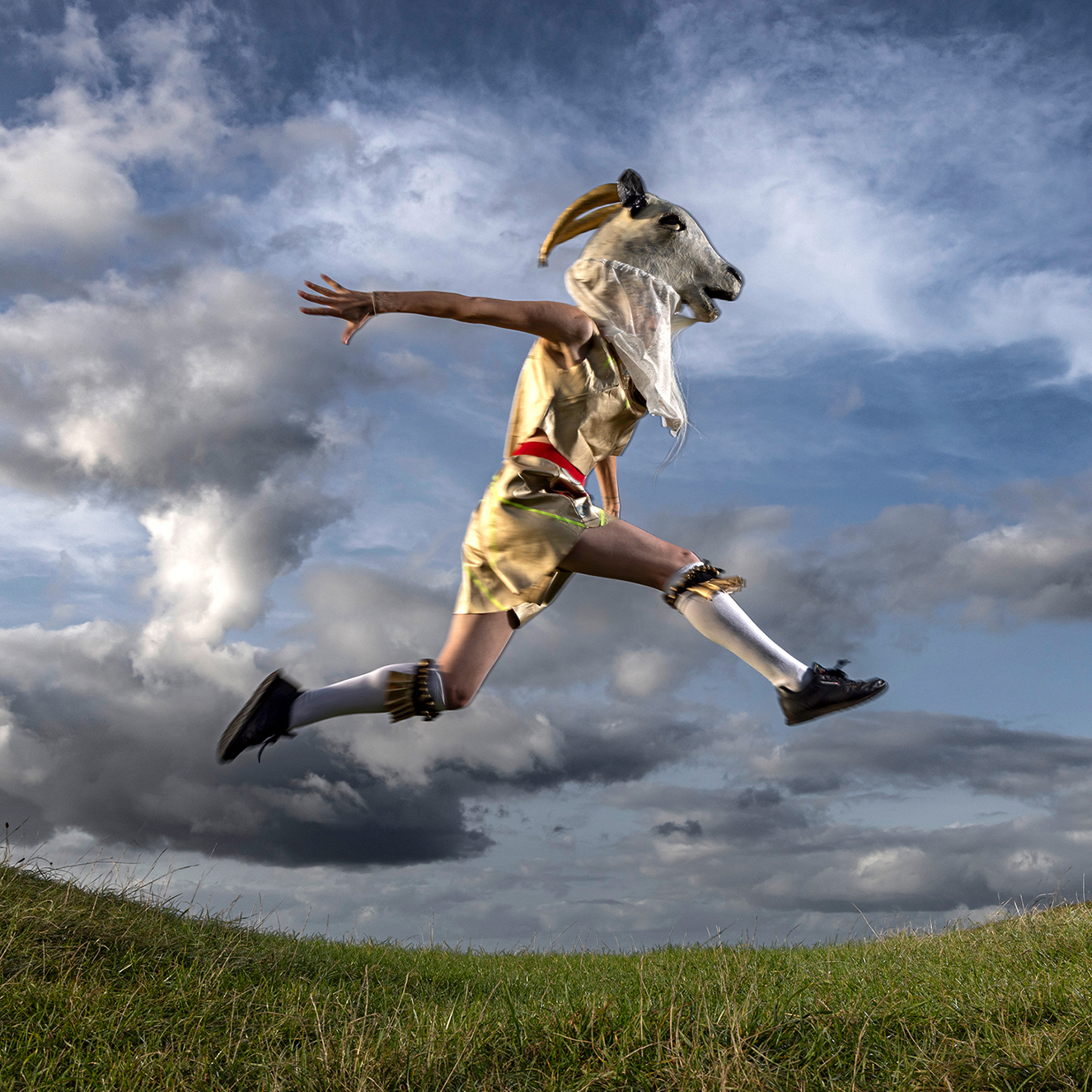
Do you think there has been something of, if not a folk revival, a bit of a craft and ‘traditional living’ revival in the last couple of years?
I think the majority of Boss Morris would probably agree with me, but for me personally a lot of what we are doing is about finding connections between people and place. COVID really made people think about that more, including myself; about where you are and what you have and what you don’t have. So much of our traditions and what we do is so rooted in where we are. I think people are really looking for that, actually, a way back to finding meaning in things and becoming more connected with how you consume things. It all links together.



